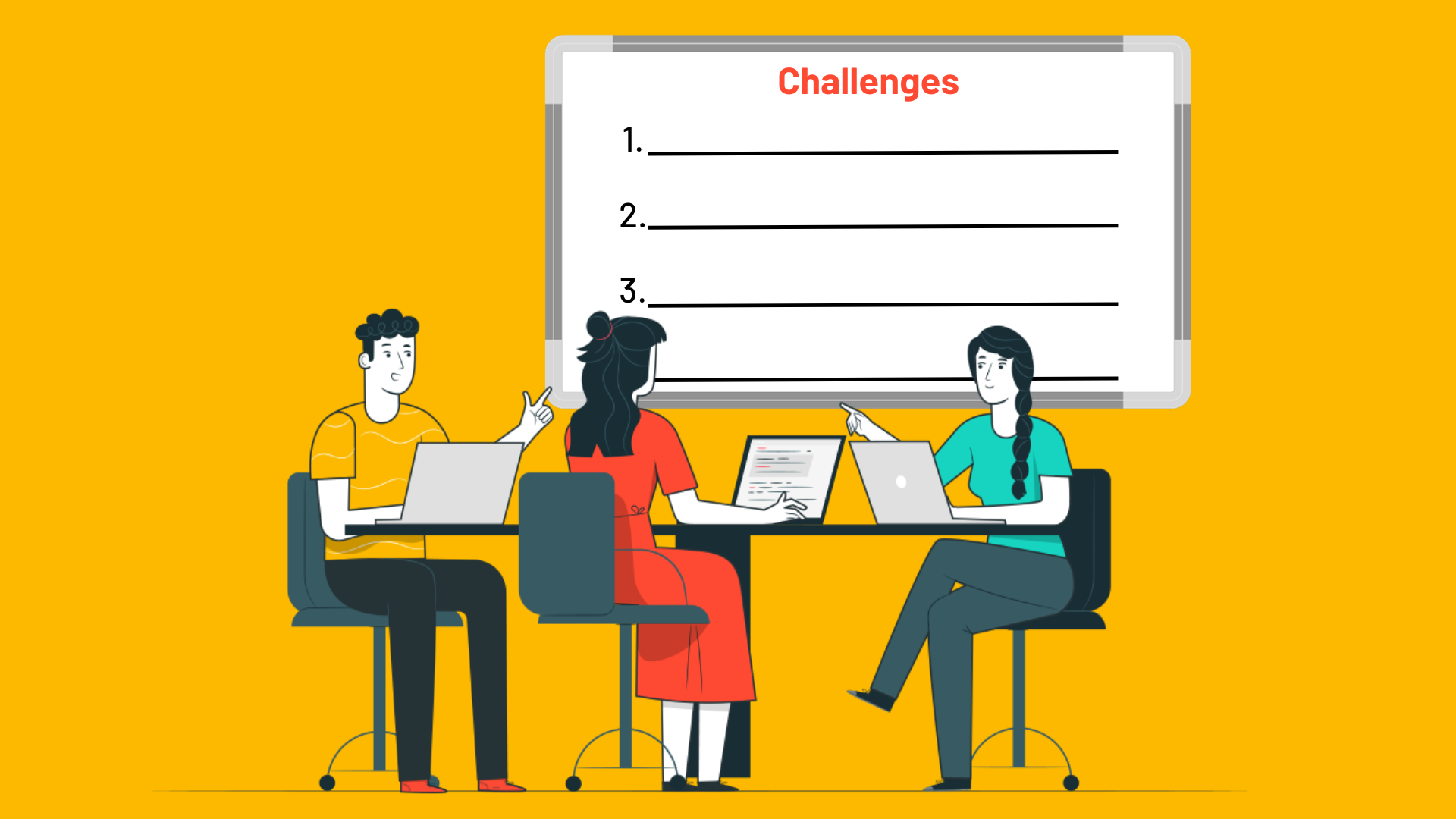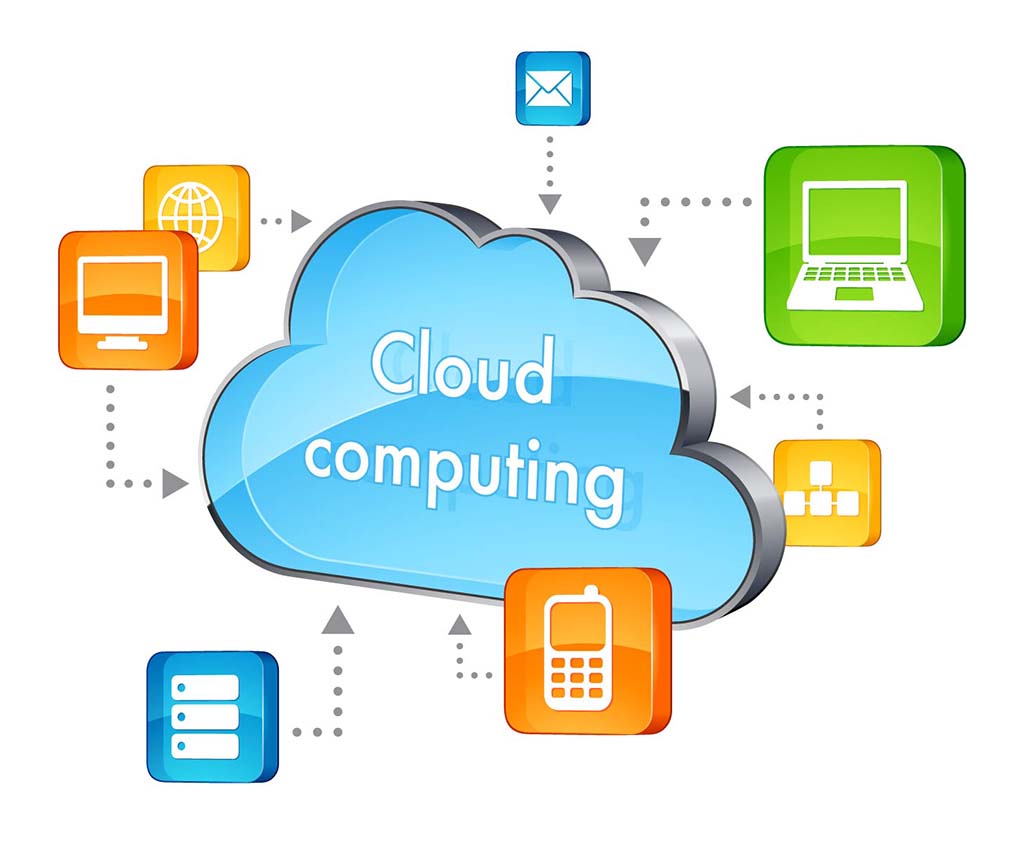RFP Management
RFP (Request for Proposal) management software is designed to streamline and automate the process of creating, distributing, receiving, evaluating, and managing RFPs. Here are some features commonly found in RFP management software:

Related Searches
1. RFP Creation: Allows users to create RFP templates with customizable sections, questions, and response formats. Users can easily generate RFPs by selecting pre-defined templates or building them from scratch.
2. Collaboration Tools: Enables collaboration among team members, stakeholders, and vendors involved in the RFP process. Features may include document sharing, version control, commenting, and task assignment to facilitate collaboration and communication.
3. Vendor Database: Provides a centralized database of vendors and suppliers, including contact information, qualifications, and performance history. Users can search and filter vendors based on criteria such as industry, location, and expertise.
4. Distribution and Tracking: Allows users to distribute RFPs to selected vendors via email, online portals, or electronic submission platforms. Provides tracking and monitoring capabilities to track vendor responses, view submission status, and send reminders for deadlines.
5. Response Management: Streamlines the process of collecting and managing vendor responses to RFPs. Features may include automated response submission, data validation, scoring, and analysis tools to evaluate and compare vendor proposals.
6. Proposal Evaluation: Facilitates the evaluation and scoring of vendor proposals based on predefined criteria and weighted scoring models. Allows evaluators to collaborate, review, and rate proposals systematically to identify top candidates.
7. Reporting and Analytics: Provides reporting tools to generate customizable reports, dashboards, and analytics on RFP activity, vendor performance, and evaluation results. Helps stakeholders gain insights into the RFP process and make informed decisions.
8. Compliance and Security: Ensures compliance with organizational policies, industry regulations, and data security standards throughout the RFP process. Includes features such as data encryption, access controls, audit trails, and compliance checks.
9. Integration with CRM and ERP Systems: Integrates with Customer Relationship Management (CRM) and Enterprise Resource Planning (ERP) systems to streamline data exchange, automate workflows, and synchronize information across platforms.
10. Customization and Scalability: Offers flexibility to customize workflows, templates, and processes to meet the specific needs of organizations and industries. Scalable solutions can accommodate growing volumes of RFPs and users over time.
11. Mobile Access: Provides mobile-friendly interfaces or dedicated mobile apps to allow users to access and manage RFPs on the go, improving productivity and responsiveness.
12. Training and Support: Offers training resources, user guides, tutorials, and customer support services to help users get started with the software and troubleshoot issues as they arise.
RFP management software helps organizations streamline the procurement process, improve vendor selection, and make informed decisions based on comprehensive data and analysis. By automating manual tasks and providing collaboration tools, RFP management software can save time, reduce errors, and enhance the efficiency and effectiveness of the RFP process.







